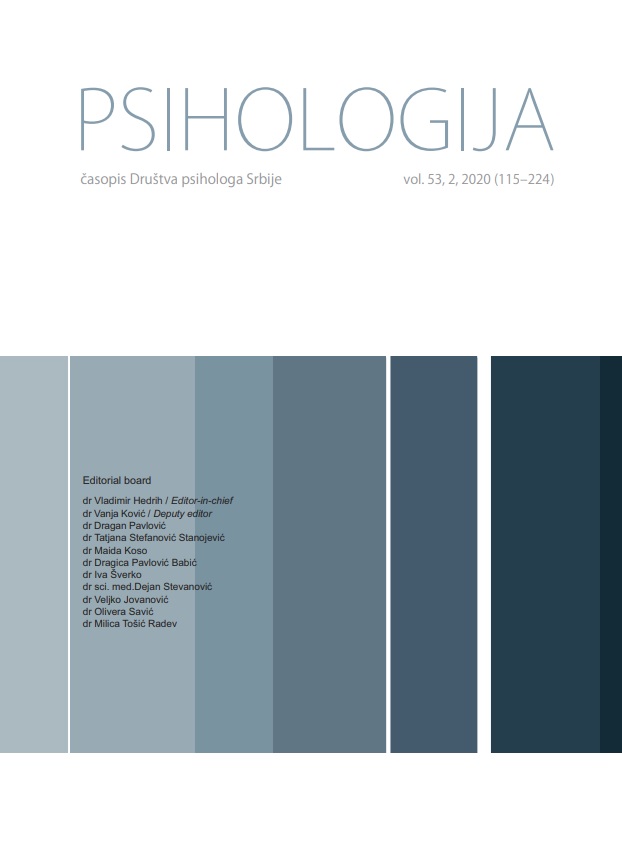Prevalence of HIV-associated Neurocognitive Disorder (HAND) and its subgroups among HIV-positive persons on anti-retroviral therapy in Iran
Prevalence of HIV-associated Neurocognitive Disorder (HAND) and its subgroups among HIV-positive persons on anti-retroviral therapy in Iran
Author(s): Elham Mazaheri-Tehrani, Vahid Nejati, Omid Dadras, SeyedAhmad SeyedAlinaghi, Andrea Cossarizza, Cristina Mussini, Sara Ahsani Nasab, Leila Sadeghi, Mohammad Gholami, Hanieh Golchehregan, Minoo MohrazSubject(s): Cognitive Psychology, Neuropsychology, Clinical psychology
Published by: Društvo psihologa Srbije
Keywords: HIV / AIDS;neurocognition;depression;HIV-associated neurocognitive disorder
Summary/Abstract: This study aimed to determine the prevalence and determinants of HIV-associated neurocognitive disorder (HAND) and its subgroups in HIV-positive patients in Tehran, Iran. Ninety-three HIV-positive individuals were assessed; the majority were male (60%) and the mean age of patients was 36.5 years (SD = 9), with 8 years as the median duration of HIV infection. The relationship between demographic and clinical variables was examined using logistic regression analysis. The overall prevalences of HAND and cognitive complaints were 50.5% and 73%, respectively. Lower nadir CD4 counts ( 200), lower educational levels ( 12 years), longer disease duration (≥ 5years), and higher depression rates were positively associated with the presence of HAND. This study shows that the prevalence of HANDs in Iran is high, but similar to the prevalence levels found in Western societies. Further studies are needed to longitudinally evaluate the presence of HAND, in particularly to recognize new biomarkers and specific neurocognitive domains in HIV.
Journal: Psihologija
- Issue Year: 53/2020
- Issue No: 2
- Page Range: 115-127
- Page Count: 13
- Language: English

